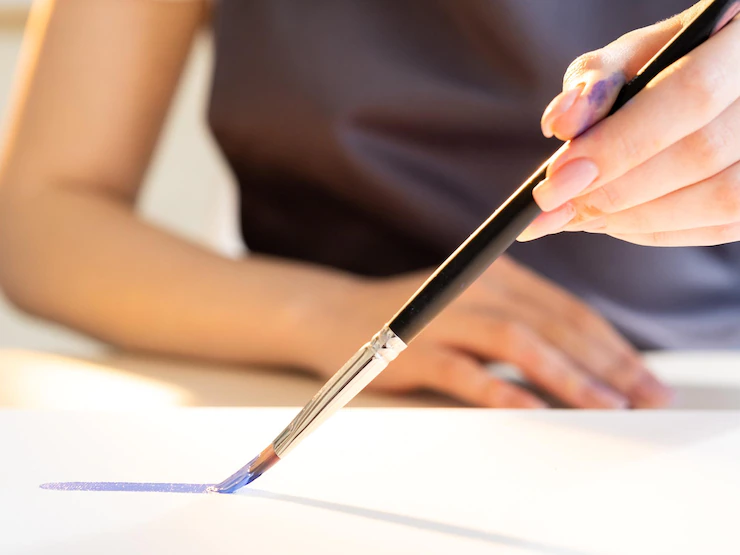
There are many different investments for people to get involved with these days. For any investor, it always makes sense to have a diverse portfolio so that you can protect yourself from risk.
One area of investment that you may be interested in delving a bit deeper into is fine art investment. But is it really worth your time? Below, we will take a look at some of the different reasons why fine art could, indeed, be a fine investment.
A good choice if you are looking for a long-term investment
If you are looking for a long-term investment, i.e., one with a time window of ten years or greater, fine art is worth considering. If you are impatient, this is probably not going to be the investment for you.
A lot of art investors decide to incorporate their paintings into their estate planning efforts, using them as assets so that they can pass them on to their beneficiaries. Of course, this is not something you need to do, yet you should expect to hold onto paintings for quite some time before selling them to make a profit.
Fine art is a great way of diversifying your portfolio
Unless fine art is your area of expertise, your hobby, and your passion, it is not the sort of investment you should be putting all of your energy into. For the majority of savvy investors, fine art will represent a very small percentage of a well-rounded portfolio of investments. Do not rely on art investment to make a steady income, as it is not that type of investment.
Understanding what makes a good art investment
As is the case with any sort of investment, you cannot dive straight in without the required knowledge and research. You need to make sure that you understand what people want and where the money lies. Old master paintings and sculptures cover around five centuries, as well as different production locations, so it can be hard to know where to begin.
One area that has really thrived in recent times, though, is 17th and 18th-century polychrome paintings and wood sculptures from Spain. So, this could be a wise place to begin when building your collection.
Nevertheless, if you are feeling overwhelmed and unsure, the best thing to do is get in touch with a professional who understands luxury asset finance and can help to guide you and make sure you are making the best possible investments for your portfolio and your level of risk.
Related Resource: The Secret to Making Sense of Modern Abstract Art
Final words on fine art being a fine investment
Hopefully, we’ve now discussed what you need to know about fine art investment. We hope that this has helped you to get a better understanding of this type of investment and the value that is associated with it.
In the current day and age, diversifying your portfolio is more important than it ever has been. However, it is critical to make sure you choose the right investments to diversify with so you can spread the risk and make the most of any opportunities you could have.
Read Also:





























